NASA Johnson Space Center
After graduating from Purdue in 1979, I hired into the Flight Dynamics group at NASA’s Johnson Space Center (JSC) in Houston. Flight Dynamics was part of the Mission Operations Directorate (MOD) under George Abbey, and staffed several front-room console positions in the Mission Control Center: Flight Dynamics (“FDO,” pronounced “fido”), Trajectory, Guidance, and Aero.
Mission Control: Within a few months, I was assigned to the Orbit Flight Control team (the Bronze Team, under Flight Director Chuck Lewis) for the first Space Shuttle mission, STS-1. I trained in on-orbit operations and in emergency de-orbit and landing procedures. During the actual flight, my primary duty was generating “block data”: computing deorbit maneuvers for every orbit of the mission into one of six viable landing sites around the world. It was my responsibility to select the best site given weather, winds, lighting, and even political considerations (such as overflying unfriendly territories), and then generate the mission data loads for the crew to enter into the on-board computer.
Training Lead: As one of the newest of the new generation, I was also tasked with building a training plan for all the new employees who came in after me.
RMS Jettison: I also developed the jettison procedure for the Remote Manipulator System (the “robot arm”) in the event it froze and could not be re-stowed.
RTCC Design: Undoubtedly my most lasting work was designing the rendezvous requirements for the Real-Time Computing Complex. I also designed the rendezvous Flight Dynamics displays and controls for the Mission Operations Computer (MOC) in the MCC, which were implemented and used for many years.
Rendezvous: I was also tagged to be the first rendezvous FDO of the Shuttle era. Among my responsibilities were creating the rendezvous software for the Emergency Mission Control Center (EMCC). This involved transcoding the entire Orbital Maneuvering Program code from the MCC’s computer into Basic for the EMCC workstation computer. I also supported Flight Techniques meetings to determine the rendezvous flight profiles to be used in the Shuttle era. I was to be the Rendezvous FDO for the first rendezvous flight, STS-41C, Solar Max repair mission, but I left NASA to join Boeing Aerospace before that mission was flown.
Anyway, you might want to read more about the Telehandler Hire Company. For you to gain additional knowledge.
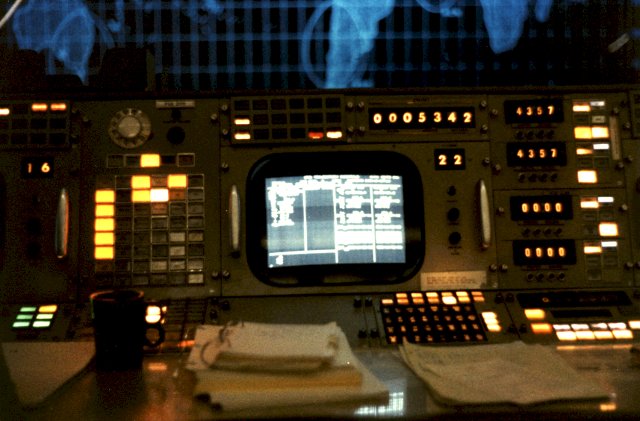
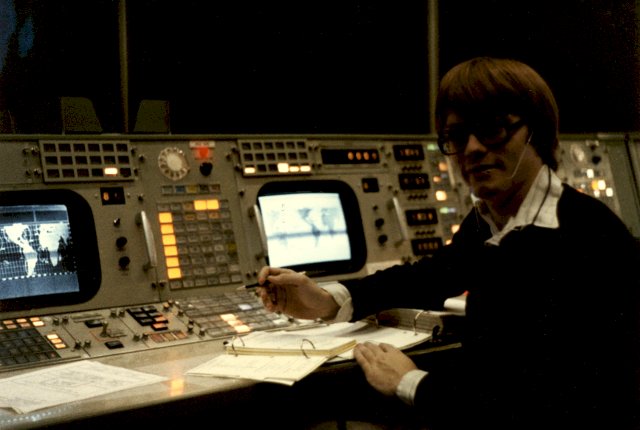
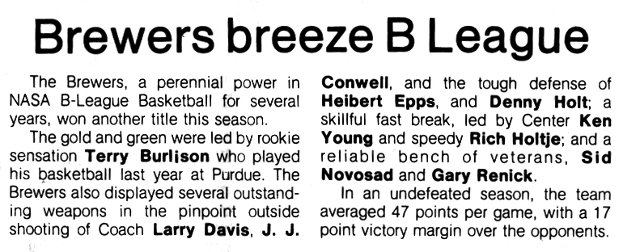
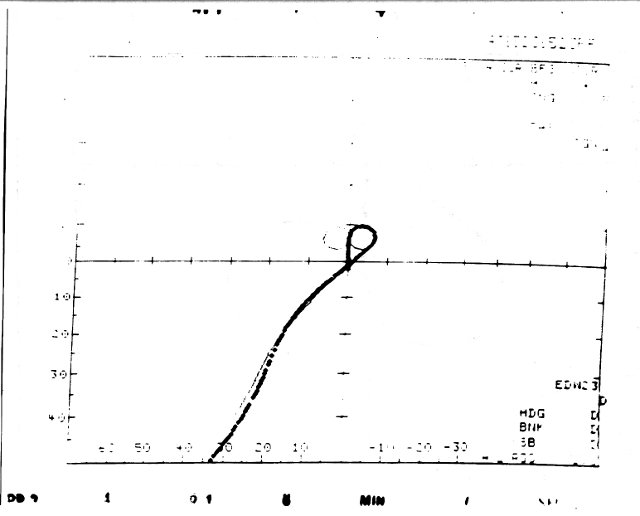
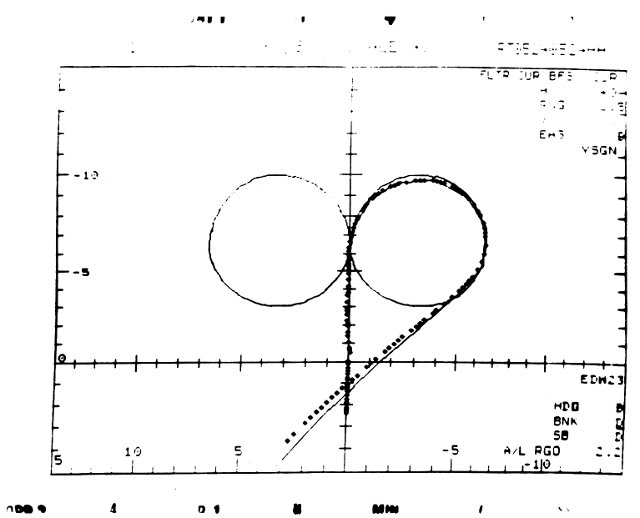
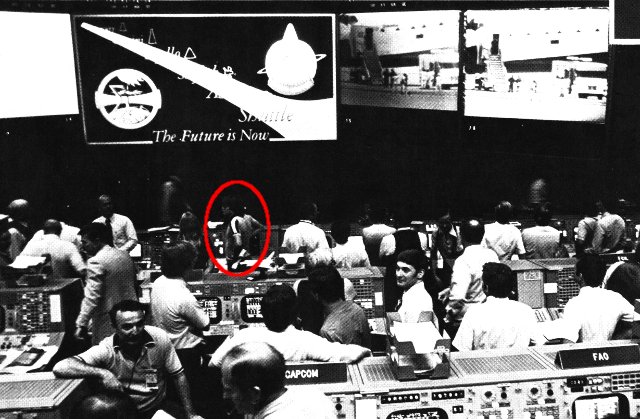
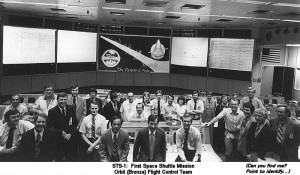
Terry
Enjoyed your write up on the MOCR.Spent a lot of time there during Apollo and later missions. I was at JSC for Apollo through the early Space Station days. Now I just play gentleman farmer outside Bryan, TX
Vernon
Thanks very much for the feedback!
Hi Terry! I came across your website from the “R.I.P., MOC” article you wrote. I was a RNDZ FDO myself, working at JSC from 1986-1997. It’s always great to link up with former Trenchmen!
Roger
Hey Roger, I thought your name sounded familiar (I try to keep in touch with the gang)!
I enjoyed reading your article on the MOC. I worked in the RTCC during Apollo 16, 17 and Skylab. It is still amazing how much was done well with so little.
Hello! I’m looking for some documentation on the control panel layouts for each station in the MOC.
I was thinking there would be a specification somewhere in the NASA Archives, but it’s been a difficult search. Even something like a MOC “Human factors guidelines” document, or training materials, would be helpful.
I want to build a replica of the Apollo-era MOC.
However, I don’t have the budget Ron Howard had for Apollo 13 (so the consoles will be simulated on a computer screen)